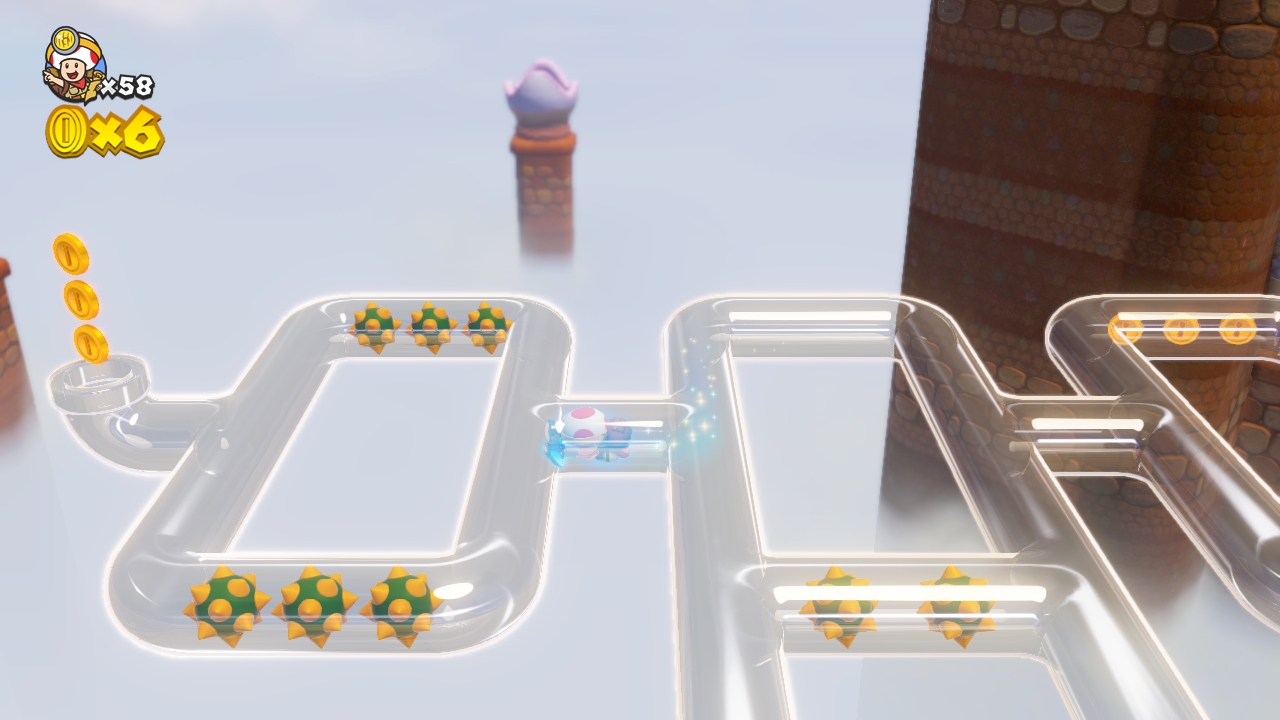ARG1
Senior Member
There's a reason why I said "on paper". Also YRT not operating on their Viva routes isn't unique, the frequency of the 99 is identical to the frequency of the 88 Bathurst. As a result at the very least we should be comparing service with the rest of the system.Except YRT barely operates anything.
Somehow I doubt that. With the exception of the Highway 7 segment between Yonge and Highway 404, Viva routes have stations every km, meanwhile Finch West with some exceptions have stops as close as 300m, which is the crux of my argument.Speed wise, VIVA operates just like the Finch West LRT.
The best in both worlds option is the most economical operating options. On weak local demand corridors like Highway 7 or Eg West, >75% would prefer the faster option leaving a small amount of riders choosing the more local option. This leaves them with a very infrequent service which would drive them to either drive, forgo the trip or walk further to the faster option. This leaves the local option very unstainable and on the elimination list.
This really depends on how we want to shape transit. Do we just build for the majority and screw the minority or do we try to balance everything by adding a few minutes to everyone's trips? The recent RapidTO bus lane experiment has proven that ripping out stops from the minority had pissed a lot of people and forced the TTC to put some of those back in.
What RapidTO proved was exactly what I'm saying. RapidTO tried to make a compromise between Express and Local services and ended upsetting both. Finch West will do the exact same thing. The stops on Finch West aren't as frequent as the regular bus service, however the stop spacing is still way too short for good longer distance travel. The people that complained about removing stops on RapidTO will still complain about Finch West, and I will complain about having too many stops. This is why a "one size fits all" model that Toronto is trying to do with their Transit City corridors aren't good.

